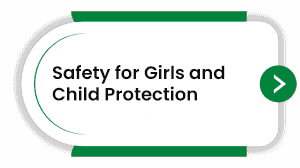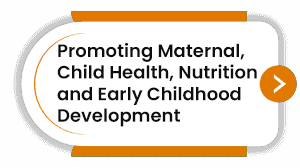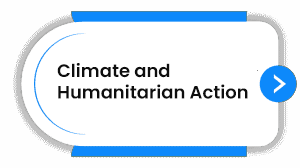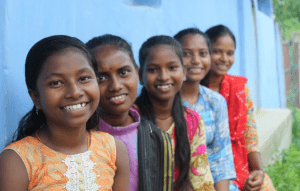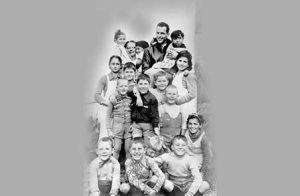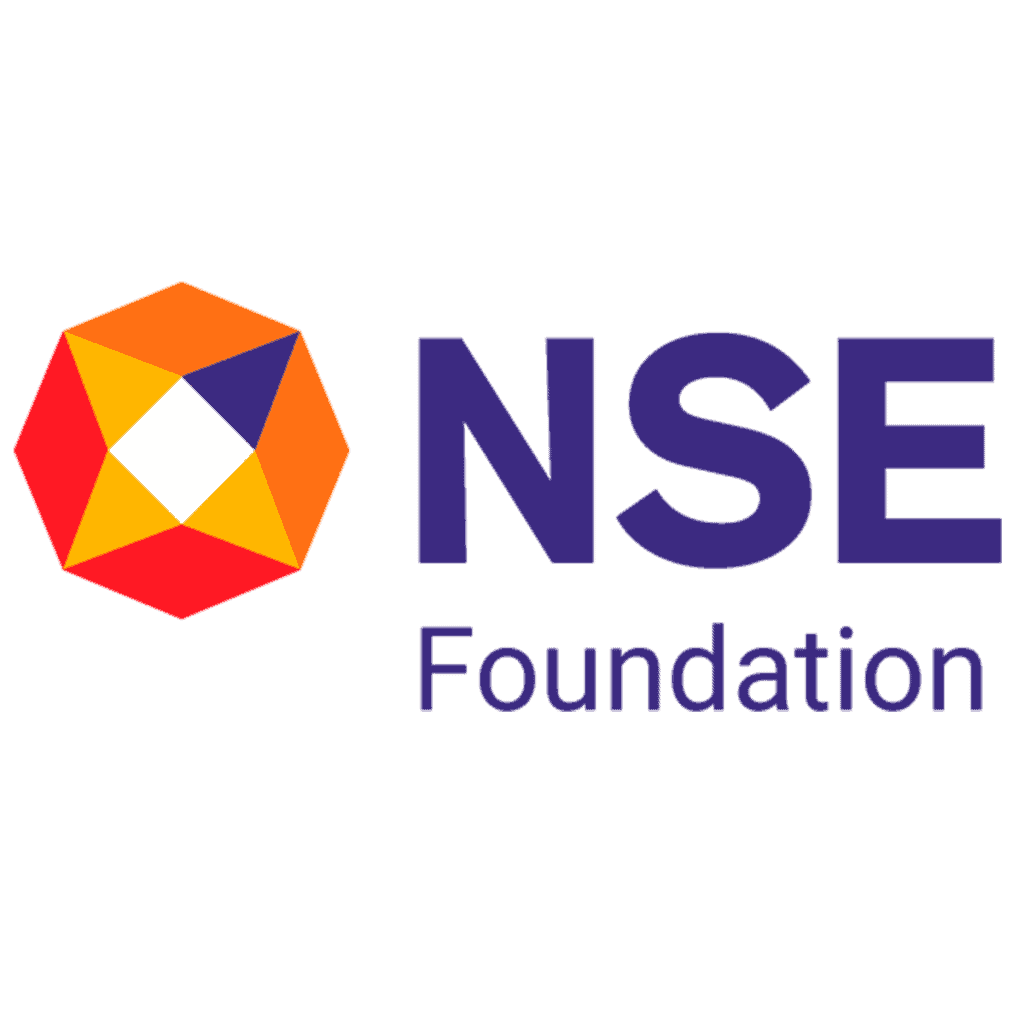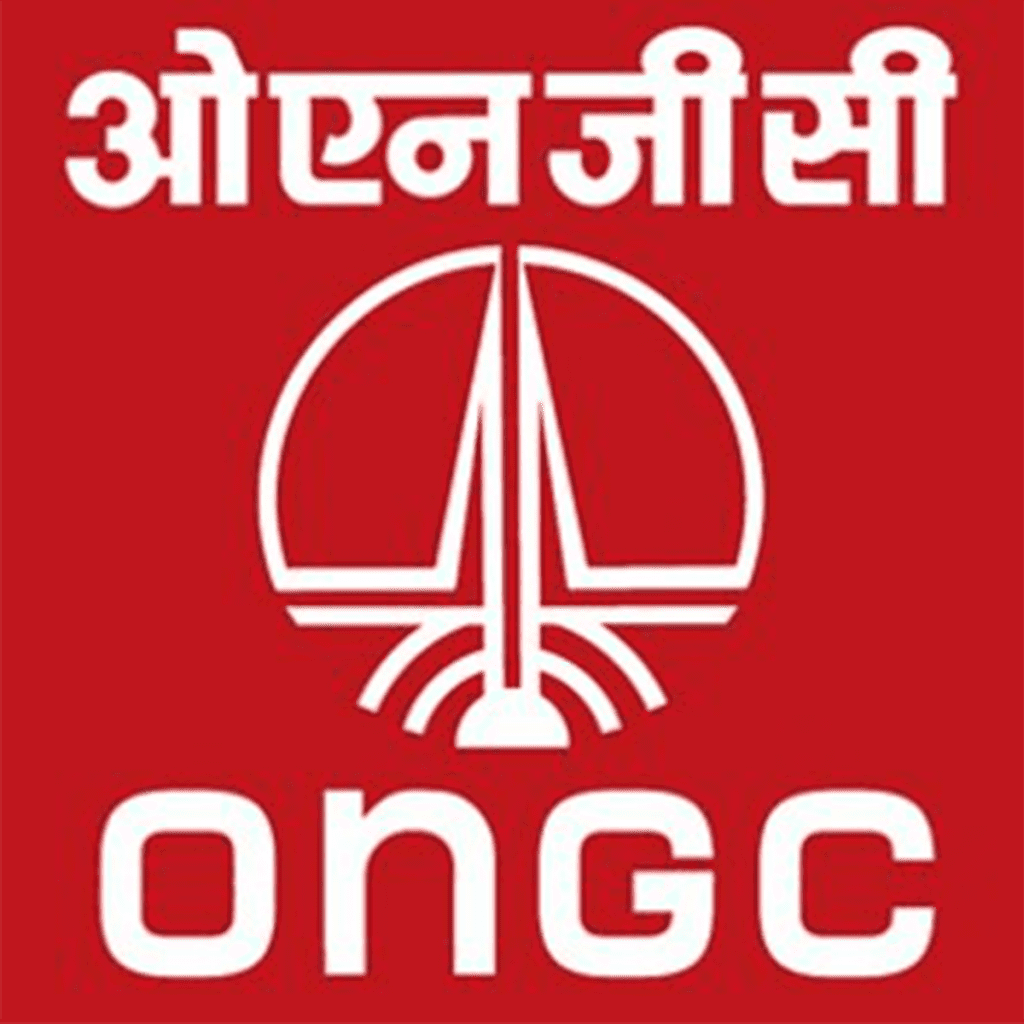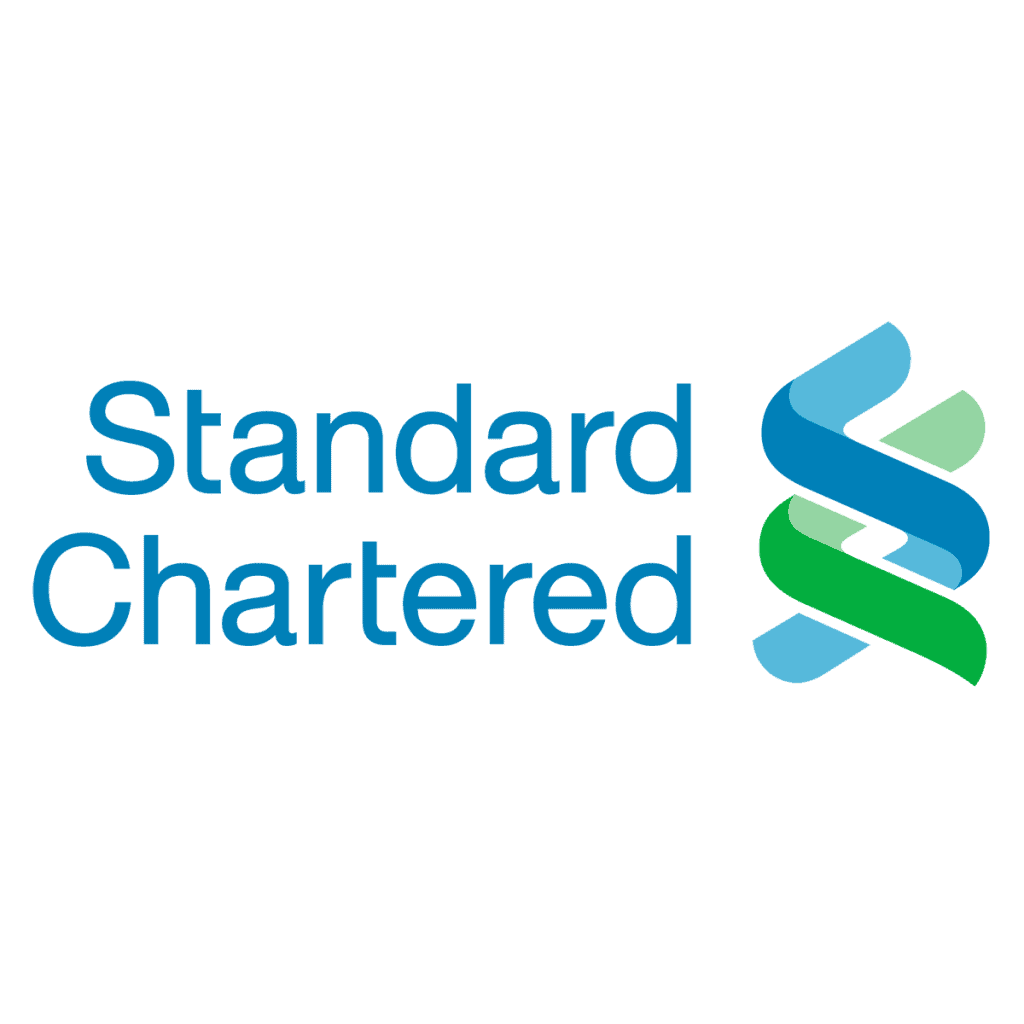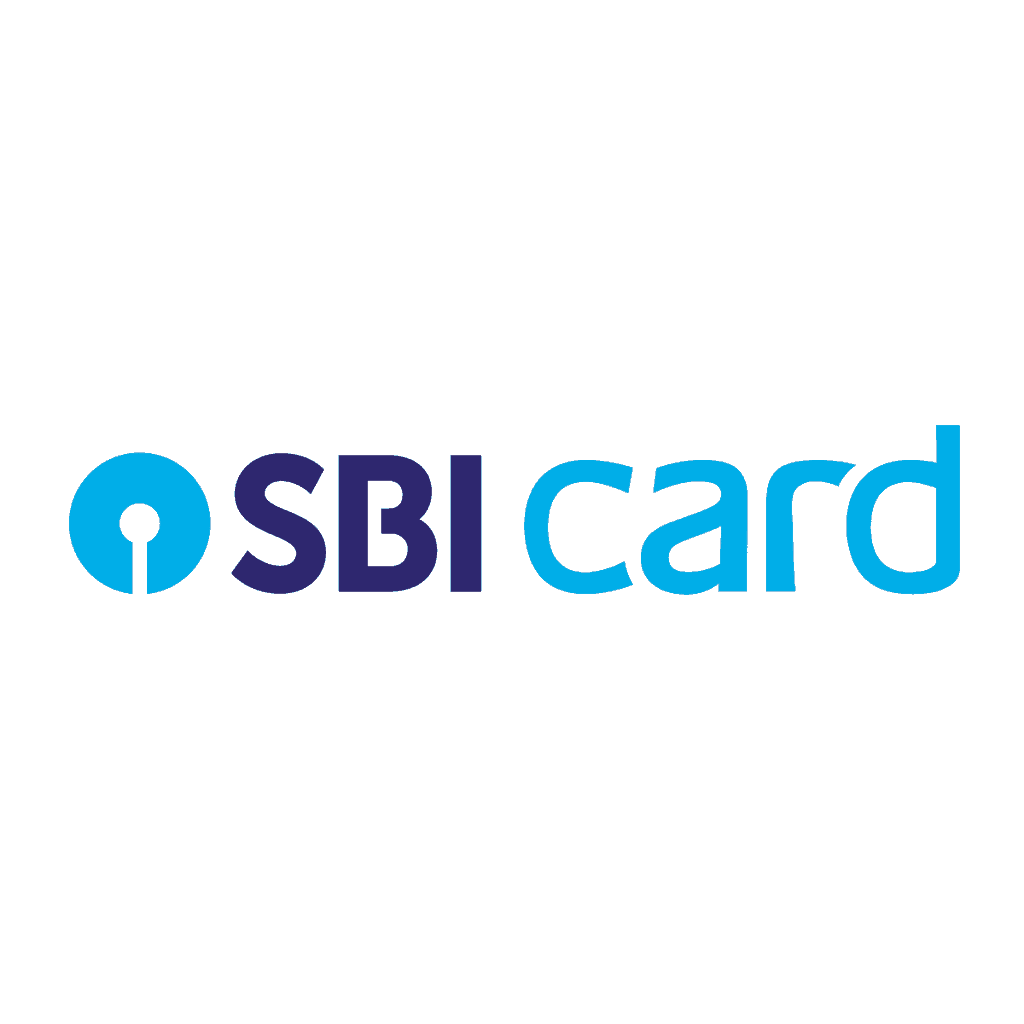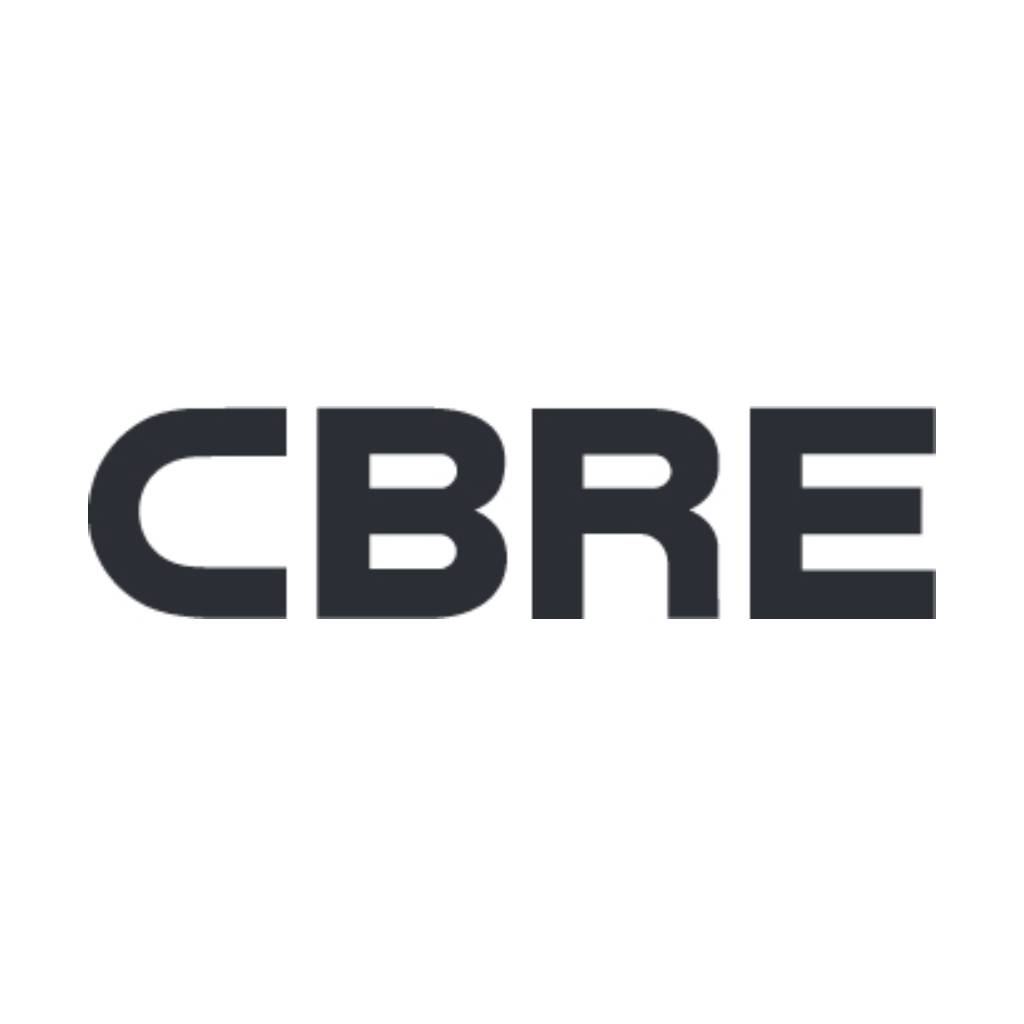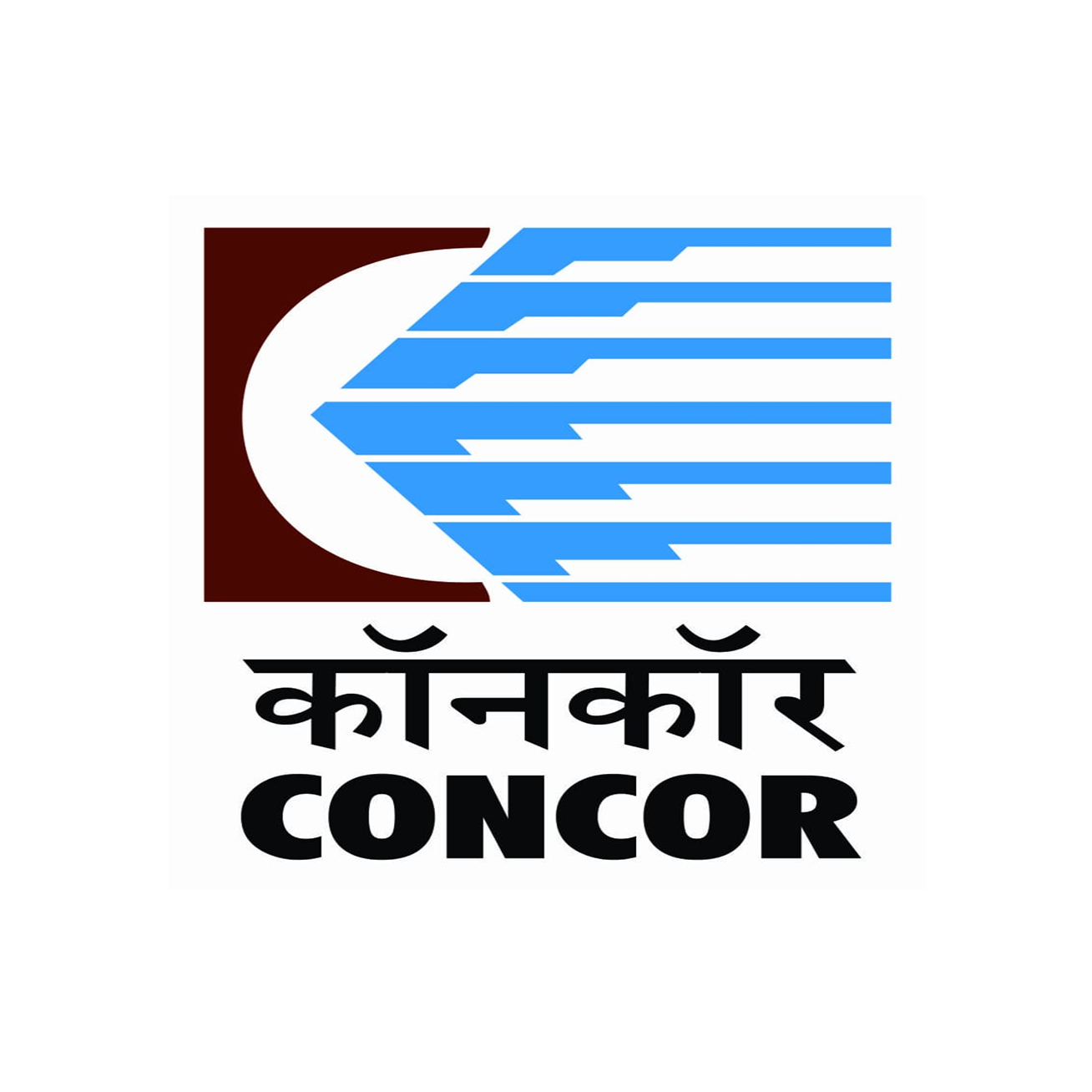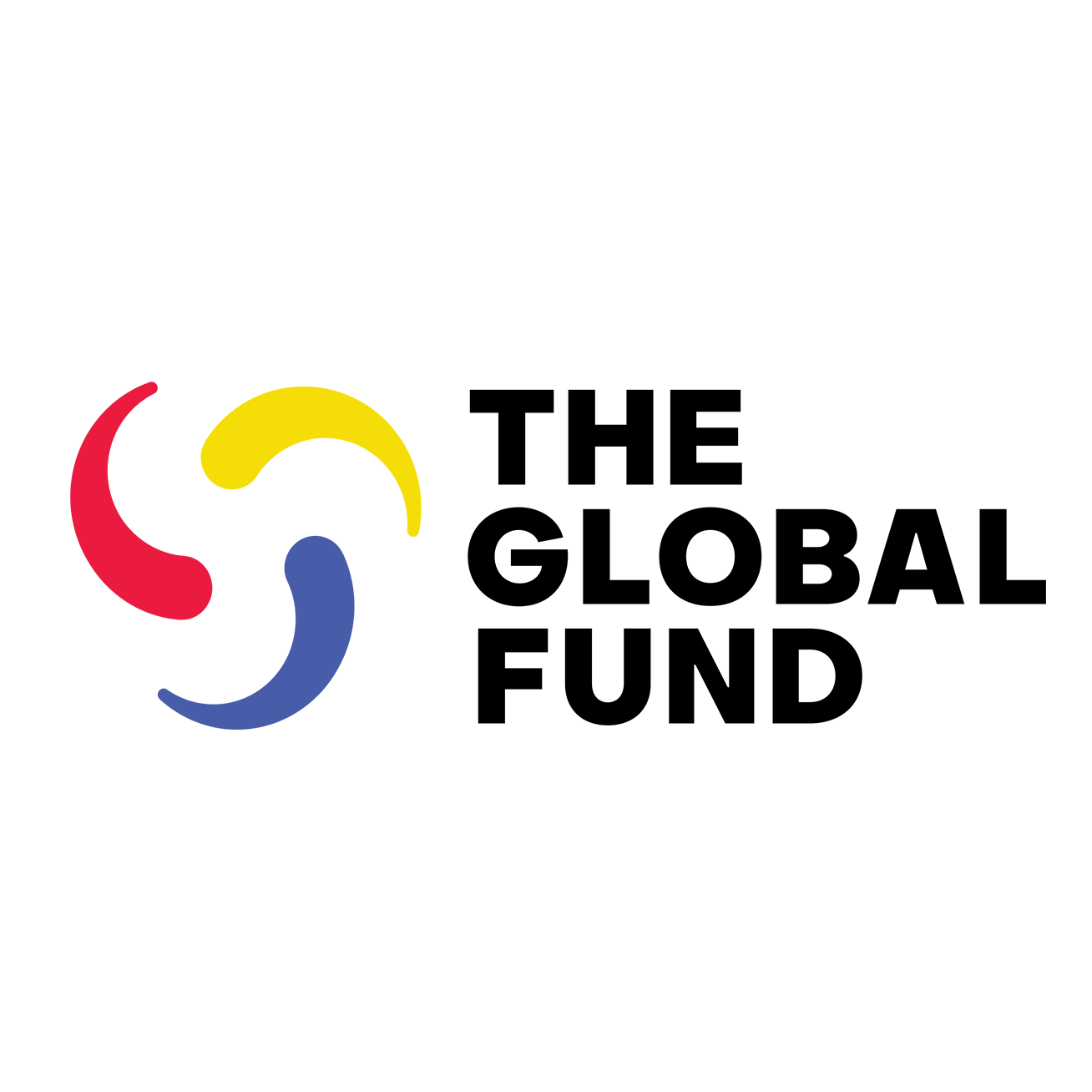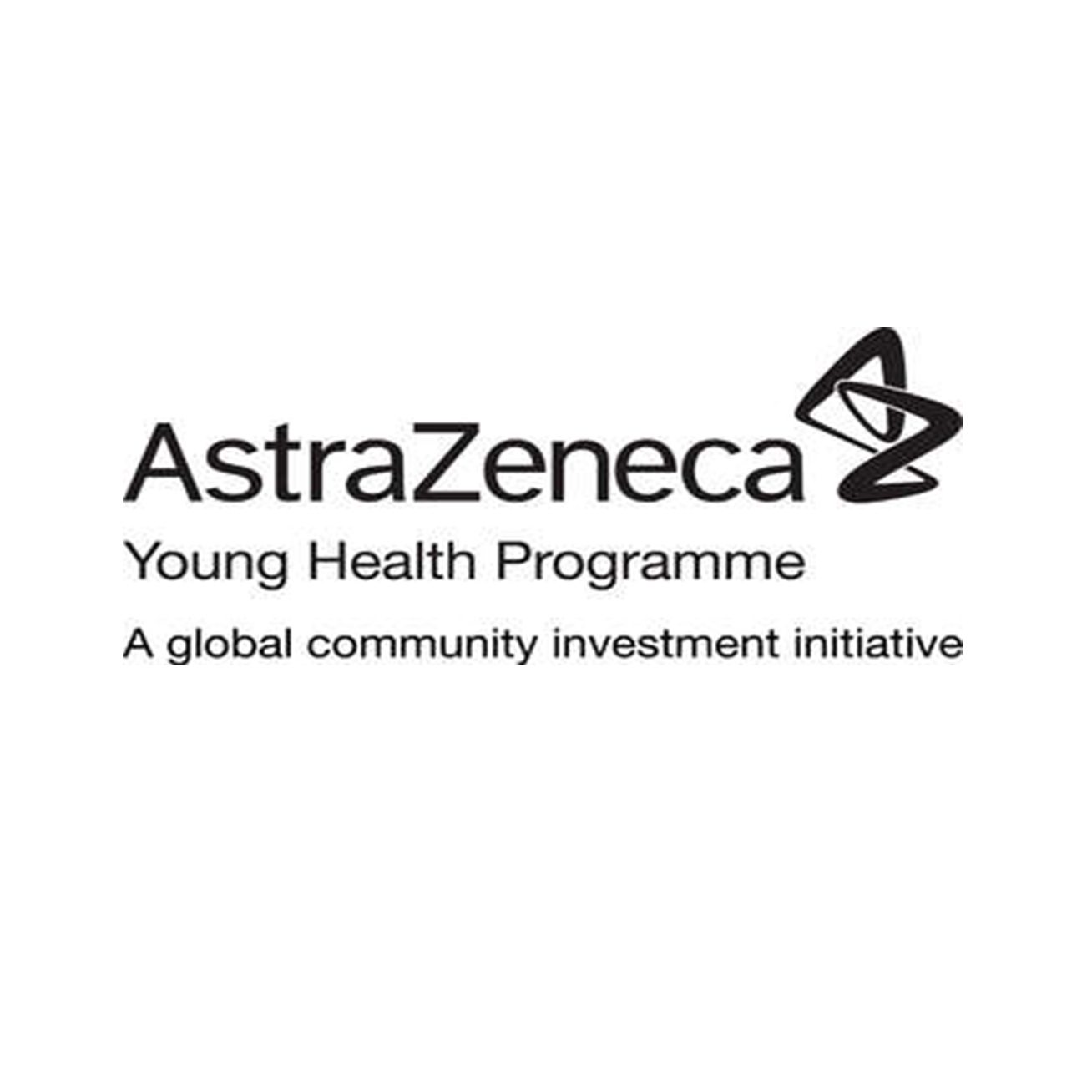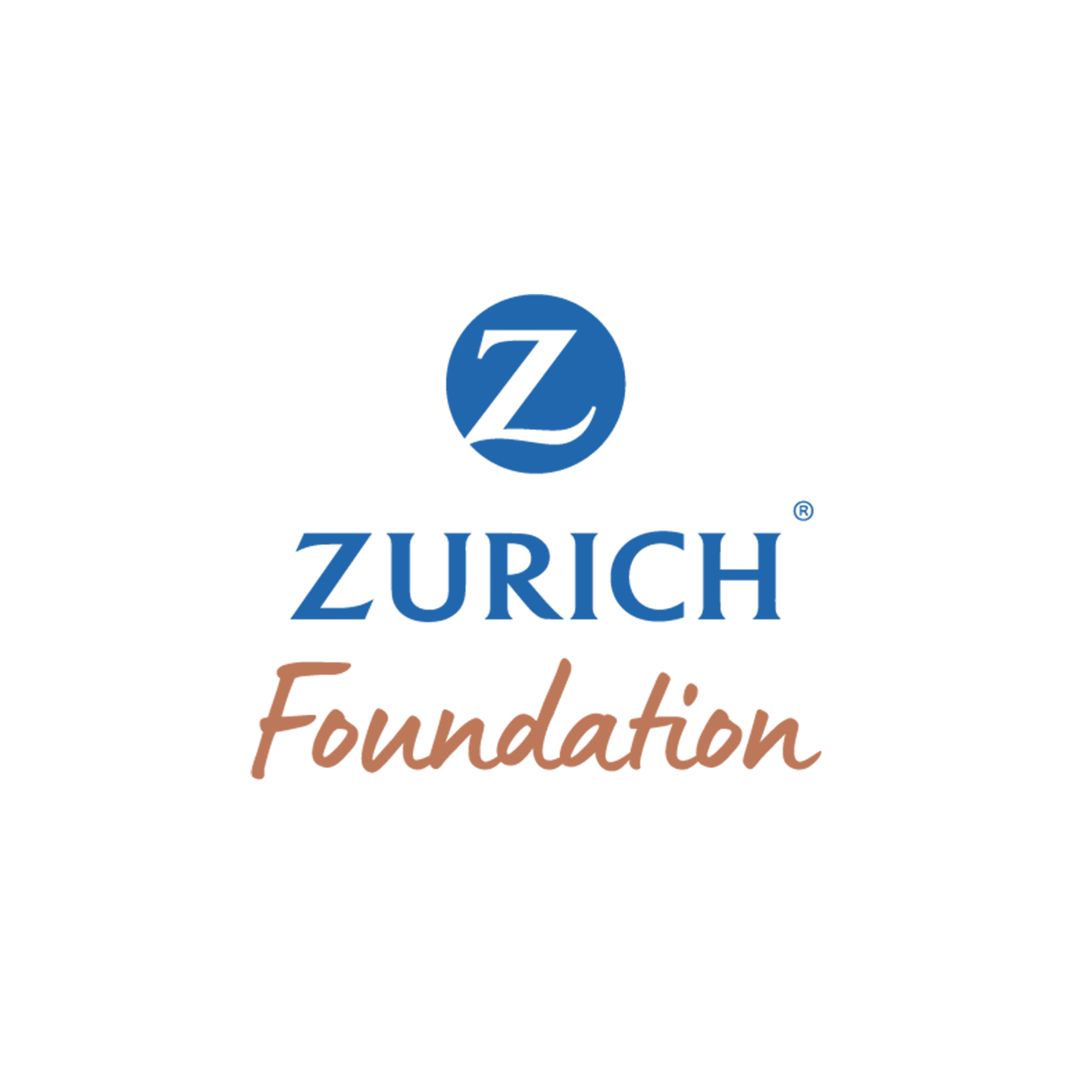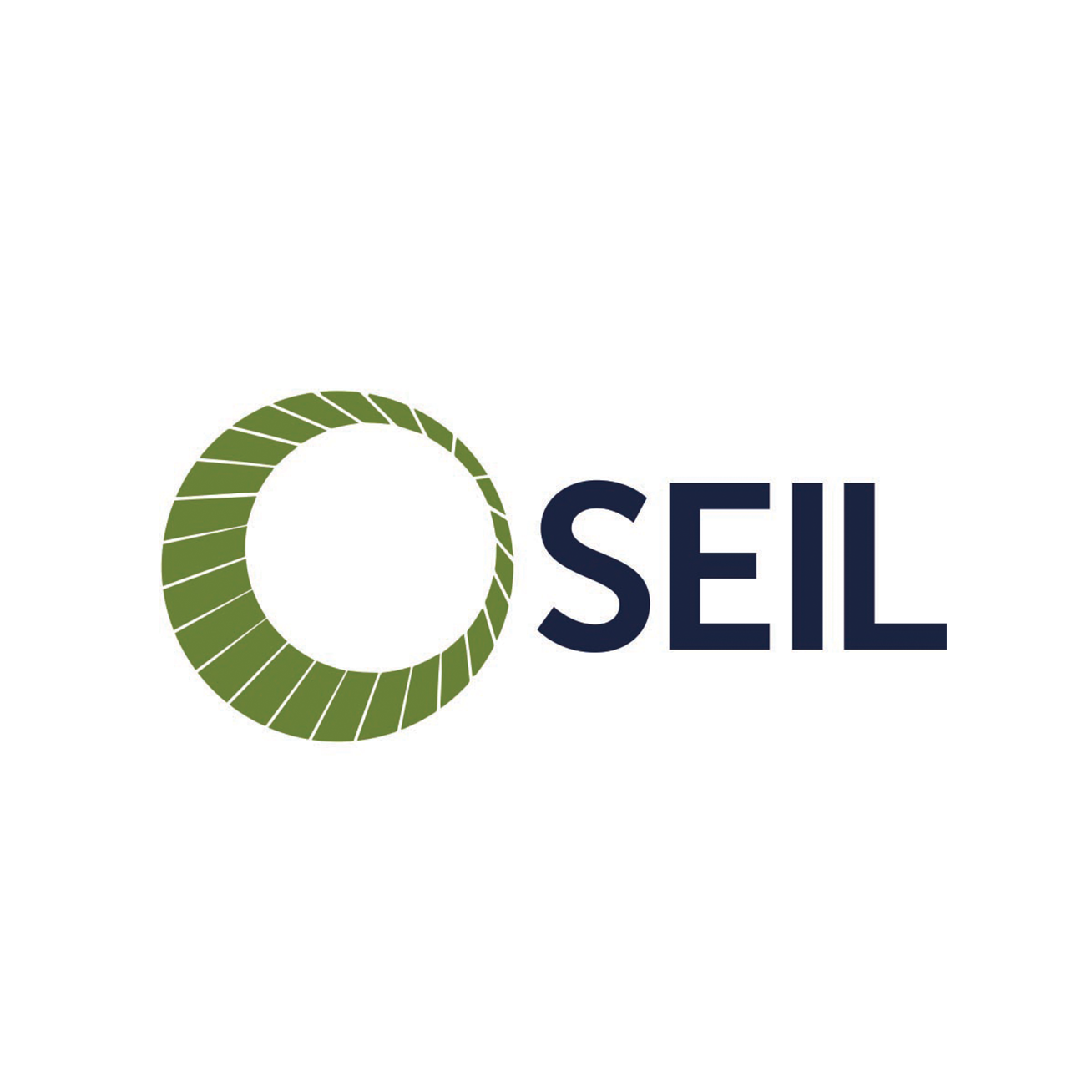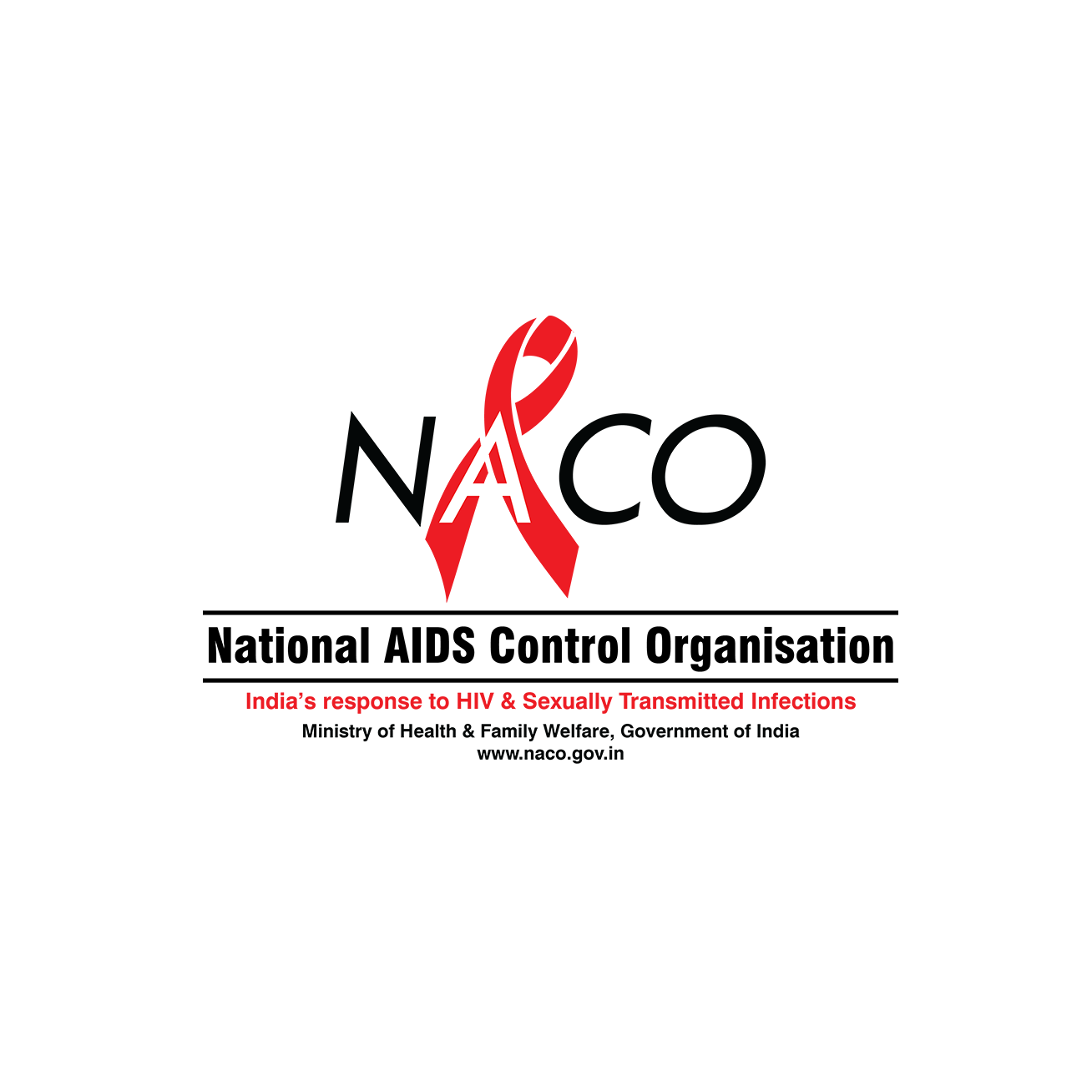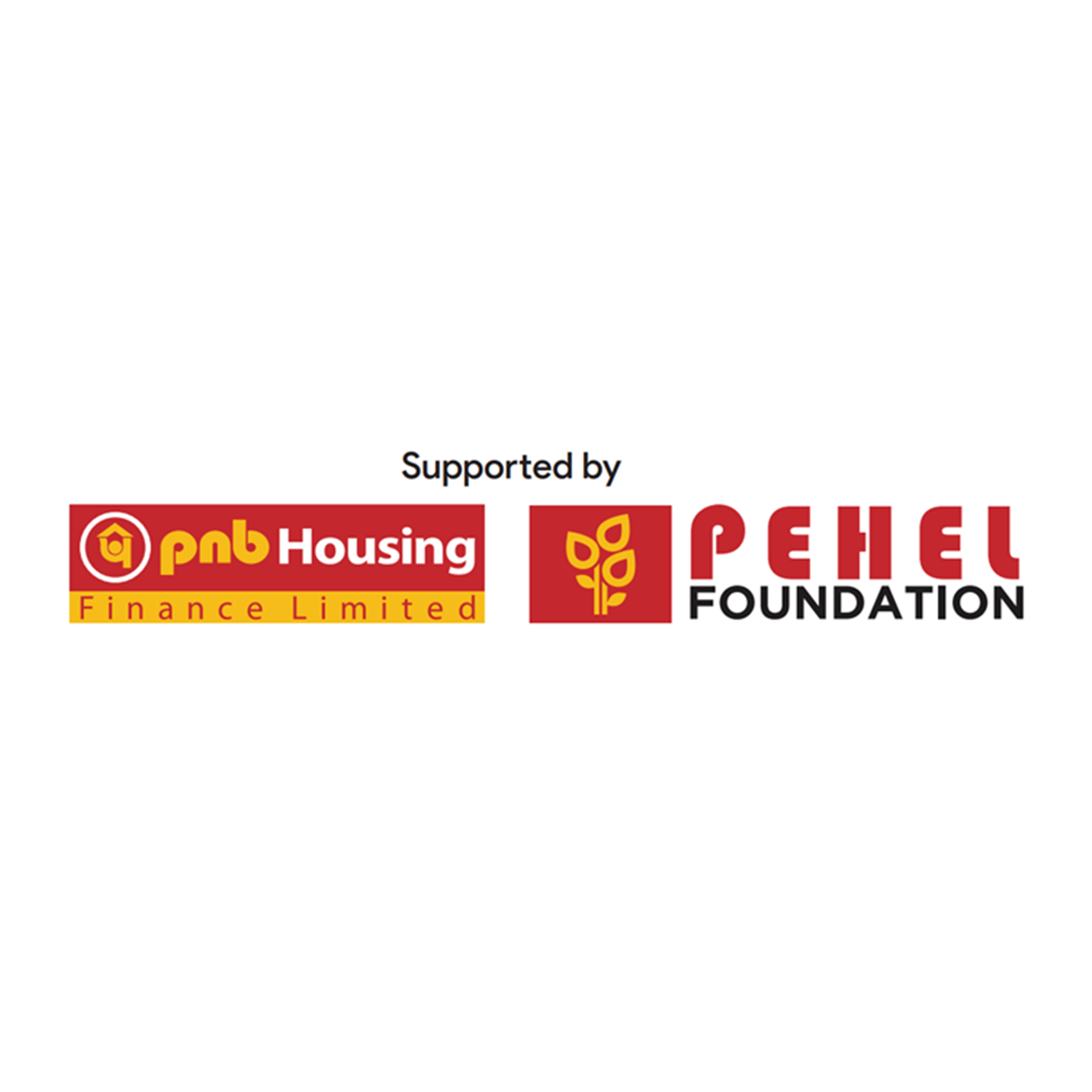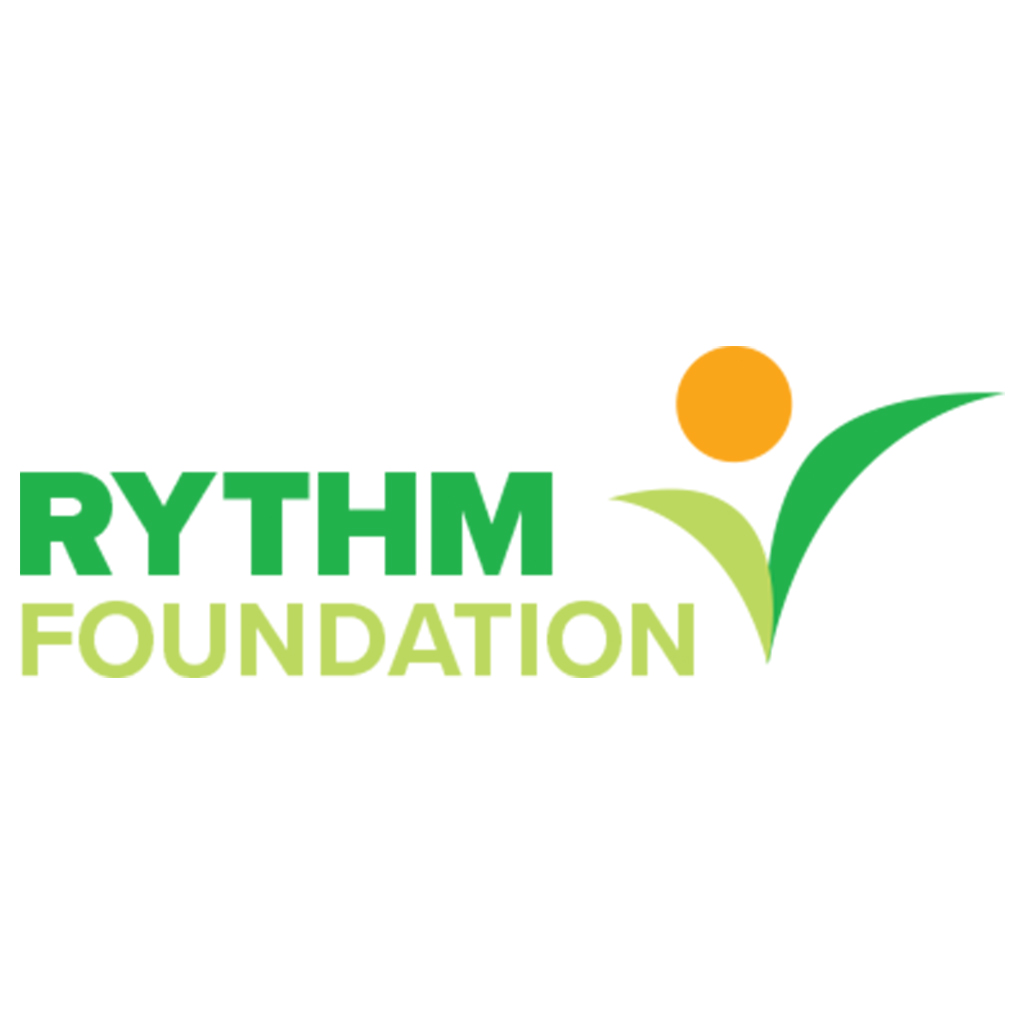Who are we
Plan International (India Chapter), also referred to as Plan India, is an Indian registered not-for-profit organisation that is constantly striving to advance welfare and development for children and equality for all girls and women in India. Through its grassroots social development work, Plan India seeks to create lasting impact in the lives of poor and vulnerable children, their families and communities, by gender transformative child-centered community development.
Since 1996, Plan India has improved the lives of millions of children and young people by enabling them to access and benefit from the safety nets and schemes of the government for child protection, quality education and healthcare services, healthy environment, livelihood opportunities and participation in community development.

Plan India’s Country Strategy
Plan India’s Country Strategy V (2022-2027) incorporated the global outcome of Learn, Lead, Decide, and Thrive and focuses on gender-transformative programming

Learn

Lead

Decide

Thrive
National Events
In addition to the programs, Plan India is instrumental in driving critical conversations on gender through its flagship programs like Plan for Every Child conference, Girls Get Equal campaign, Girl takeovers as part of the International Day of the Girl Child and Literary Festival.
OUR APPROACH
Plan India puts into action the Child Centered Community Development and Gender Transformative approach.
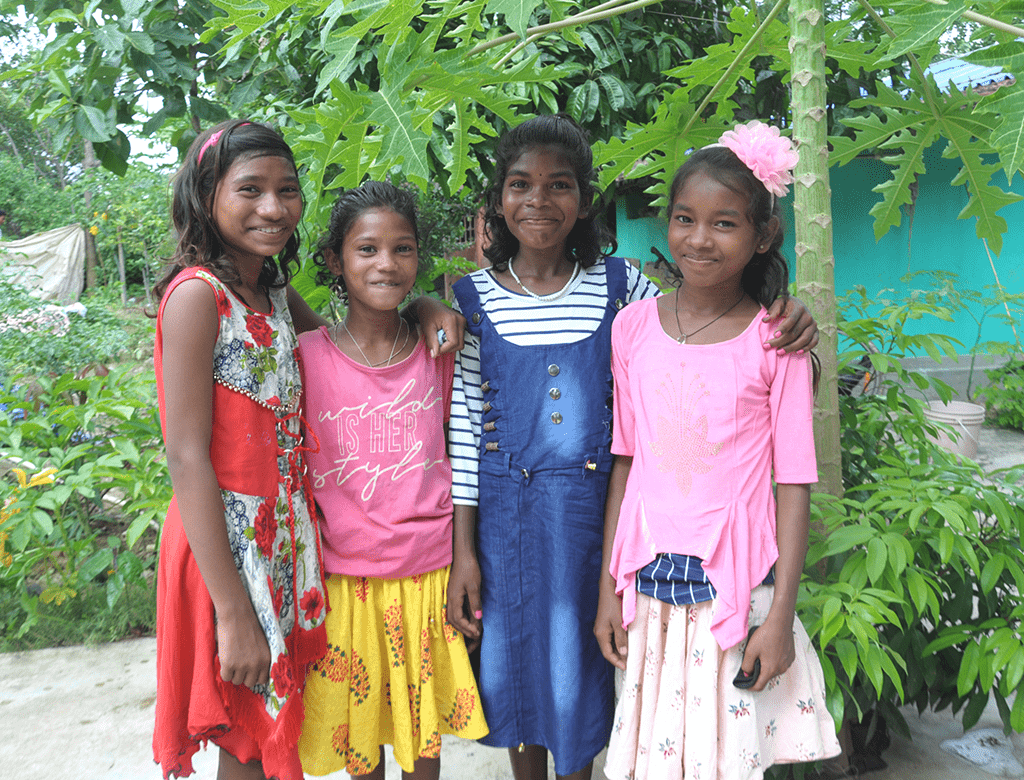
Child Centered Community Development
Child-Centred Community Development (CCCD) approach is one in which children, youth, families, and communities are active and leading participants in their development. Plan India describes its way of working in a right-based approach to development, where girls and boys, their specific vulnerabilities, and their rights are the starting point of analysis and discussions. Plan India conducts a Child Rights Situation Analysis before developing its Country Strategy. The voices of Children, Youth, and Families have always formed the base of the strategies developed . In all our work, the most marginalized are given the most attention, taking into consideration the norms, largely gender-based, that contribute to their vulnerability.
Plan India believes that it can’t achieve its program vision in silos so that it builds a partnership with CSO networks and collaborates with the government. It prioritized the participation process while working with the community and committed to listening to their point of view, utilizing local and indigenous knowledge and practices. It leads to building their confidence.

Children at the Center

Guided by Human Rights principles and standards

Responsibility & Accountability

Inclusion and non-discrimination

Gender Equality

Participation
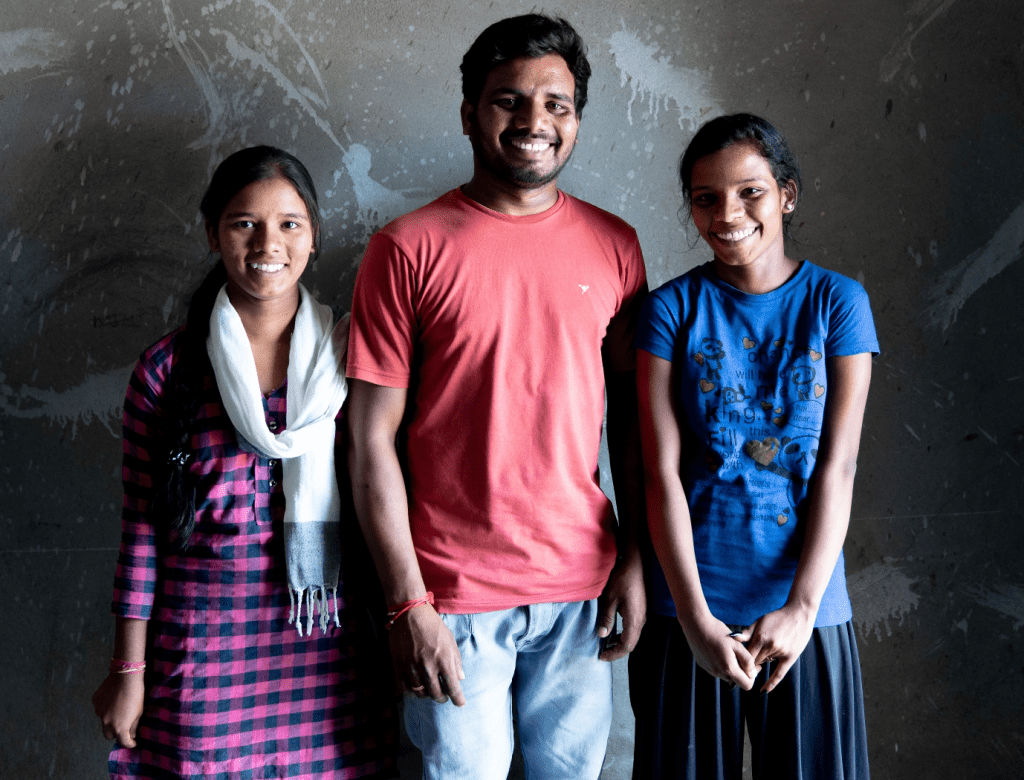
Gender Transformative Approach
There are many forms of inequality and exclusion. Gender-based discrimination, gender stereotyping, and unequal distribution of power between women and men, girls and boys and other genders. Gender inequality intensifies all other forms of exclusion and makes them different and often worse for girls and women.
To address these barriers, Plan India has considered a gender transformative approach, which goes beyond addressing ‘symptoms’ to explicitly tackling the root causes of gender inequality, particularly unequal gender power relations, discriminatory social norms and systems, structure, policies, and practices.
It improves the daily condition of girls while advancing their position and value in society. The following six quality elements have been integrated with all our work.
 Understand and address how gender norms influence children through their life course.
Understand and address how gender norms influence children through their life course.
 Build girls’ agency over the decisions that affect them and build their knowledge, confidence, skills, and access to and control over resources.
Build girls’ agency over the decisions that affect them and build their knowledge, confidence, skills, and access to and control over resources.
 Work with and support boys, young men, and men to promote gender equality.
Work with and support boys, young men, and men to promote gender equality.
 Consider girls, boys, young women, and young men in all their diversity.
Consider girls, boys, young women, and young men in all their diversity.
 Improve the conditions and social position of girls and young women.
Improve the conditions and social position of girls and young women.
 Create an enabling environment where all stakeholders work together to support children and youth on their journey towards gender equality.
Create an enabling environment where all stakeholders work together to support children and youth on their journey towards gender equality.
Our history
The Plan was founded in 1937 by British journalist John Langdon-Davies and refugee worker Eric Muggeridge. Originally named ‘Foster Parents Plan for Children in Spain’, the aim was to provide food, accommodation, and education to children whose lives had been disrupted by the Spanish Civil War.
Since that time, their approach to humanitarian assistance has evolved from wartime relief activities to post-war support, to long-term community development and emergency assistance that helps children, their families, and their communities in developing countries.
In 1970, the global name became Plan International and scaled up the program to many developing countries.









